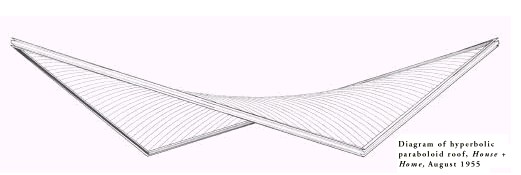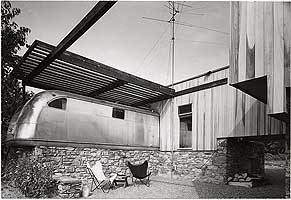Schwarz
View current page
...more recent posts
"Alles ist Architektur"—“Everything is Architecture.”(1) Of all the architectural manifestos to come out of the 1960s, this is the wildest. Partly verbal, mostly pictorial, it was just under 1,000 words long and brought together over ninety images. Fast and short, the publication meant to pack a punch and send readers reeling. It did.(2) The time was April 1968. The place was the Viennese architecture magazine Bau.(3) The author/editor/artist/ architect/graphic designer was Hans Hollein.
“Alles” is usually read as a call for the complete dissolution of architecture.(4) Written at a time when conceptual artists were advocating what Lucy Lippard called the dematerialization of the art object in search of something more fundamental,(5) Hollein’s manifesto can be seen as the equivalent for architecture. His approach combined what might be termed conceptual architecture with cyberart. In April ’68, of course, the Information Age was just beginning to dawn on the architectural horizon, digital technology still belonged to a remote and mysterious world, and the only other person musing about the potential role of the new media in the field was Christopher Alexander, who had published his Notes on the Synthesis of Form four years earlier.(6) But Hollein’s approach was closer to artists’ than to Alexander’s.
Hollein had been one of the earliest importers into architectural thinking of Marshall McLuhan’s epoch-making 1962 Gutenberg Galaxy: The Making of Typographic Man, the first book to herald the Information Age and attempt to predict the profound impact it would have on traditional verbal culture.(7) Hollein’s manifesto is primarily an attempt to imagine what this age meant for architecture. He was fascinated with the artistic potentials of the new electronic media. One of his schemes at the time, in fact, was to replace the University of Vienna with a television set—an inkling of what today is called “distance learning” but also, more generally, of cyberspace. As opposed to Walter Benjamin, who had been adverse to the age of mechanical reproduction, Hollein was eager to embrace the age of digital reproduction. In the optimistic ’60s, his manifesto was the first to oppose a novel architectural e-topian alternative to the conventional, tired mainstream architectural practices of the day, dominated by the conservative, formalist architects like Philip Johnson, Walter Gropius, Edward Durell Stone, and Minoru Yamasaki.

haus resor
out bid on these two
transportable enviornments

the eduardo catalano house raleigh nc
camper's queen mosquito net
pop up bugnet room
black thai style mosquito nets
safe rooms
this ones going out to gamer sally
move over growing up gotti, it's entourage
Orbit by Eero Koivisto for OFFECCT
via totem via vz

Wolfson Trailer House, Pleasant Valley, N.Y. Ben Schnall, photographer, [between 1949-1950]. 1 photographic print : b&w ; 17 x 24 cm. Marcel Breuer papers, 1920-1986. Archives of American Art.
A Constructive Madness
"Whether the Lewis project went sadly wrong or brilliantly right is debatable. The film asserts that the commission served as a valuable incubator for Gehry's evolving vision. Instead of expressing ideas through a private house, as Mies did with his iconic glass Farnsworth House, Gehry incorporated his concepts into public and commercial projects."
hygiene pods
jones partners pro/con
wm stout architectural book seller
little steven garage essay
siva vaidhyanathan the anarchist in the library
clifford ross R1 900 megapixel digital camera
waiting for the end of the world
tumbleweed tiny house company

